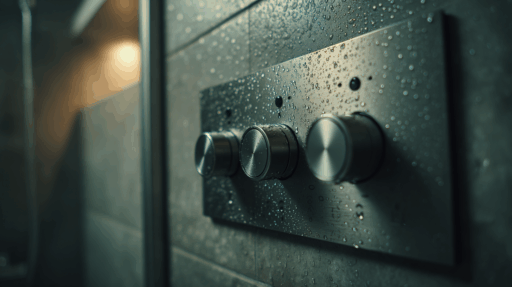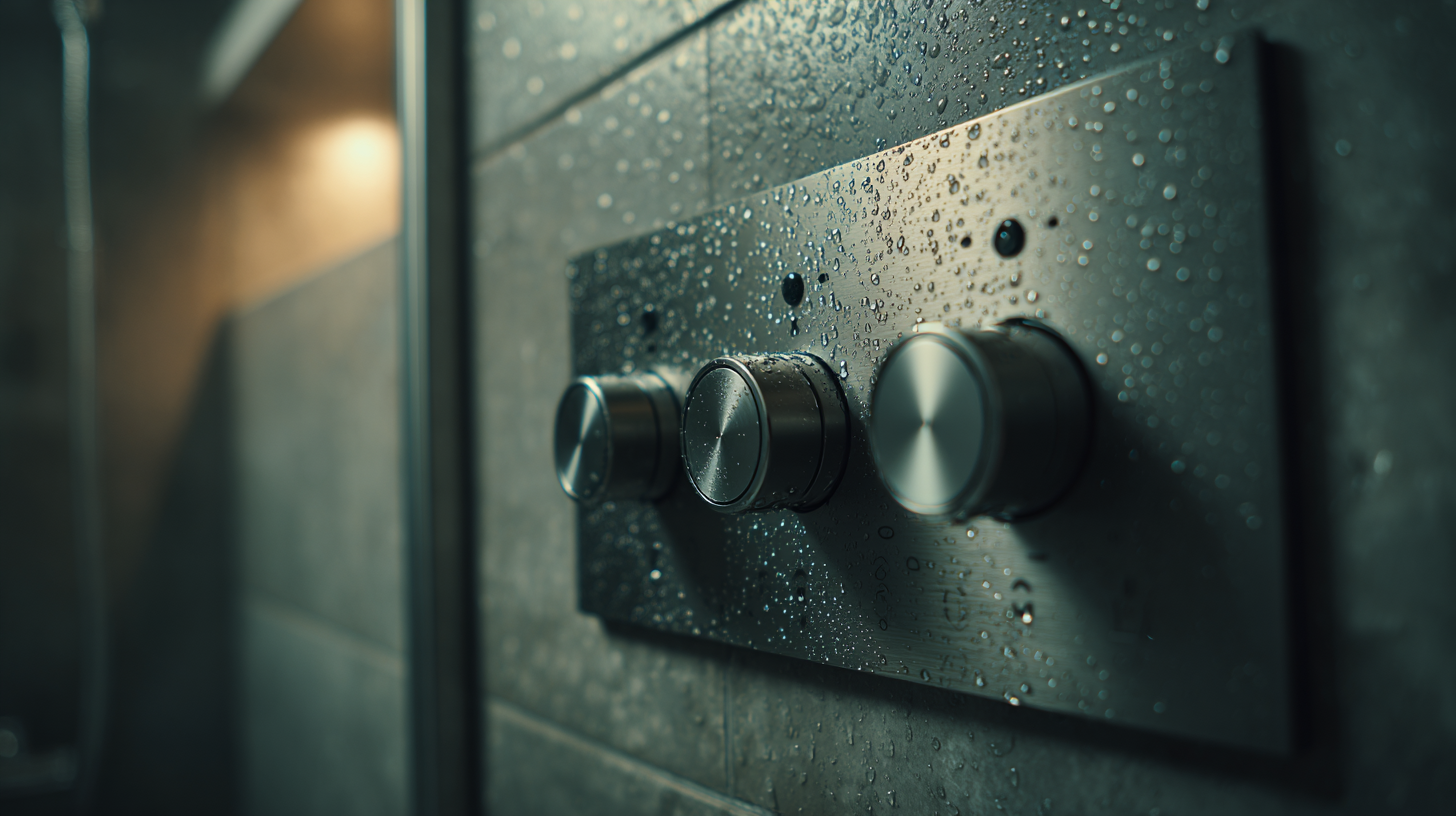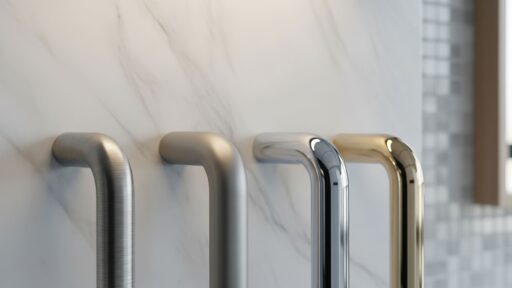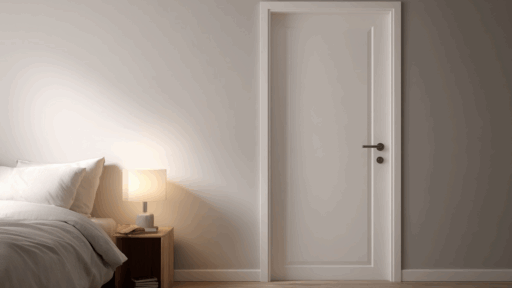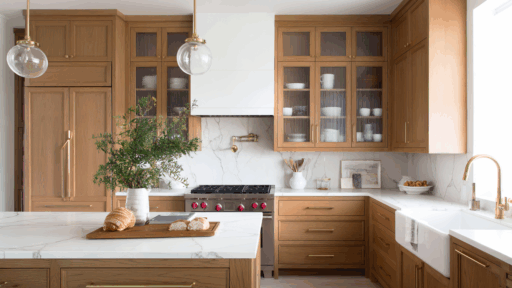Nobody wants to be surprised by icy cold or burning hot water while taking a shower. And no one wants to deal with leaky pipes or pay for big plumbing repairs later.
That’s why picking the right shower valve is so important. It helps keep your water temperature steady, your pressure just right, and your plumbing working well for a long time.
In this easy-to-understand guide, we’ll walk you through the different types of shower valves available. You’ll see how each one works, what to look out for, and how to choose the best one for your bathroom and your budget.
By the end, you’ll feel confident picking a valve that keeps your showers safe, smooth, and stress-free.
What is a Shower Valve and Why Does It Matter?
A shower valve is like the control center of your shower; it’s what lets you turn the water on and off, control the temperature, and direct the flow to your showerhead or other fixtures.
It works behind the scenes, mixing hot and cold water to the right temperature and maintaining balanced pressure, so you don’t get sudden blasts of cold or hot water.
But it does more than make your shower comfortable. The type of valve you choose affects not only how easily it can be upgraded later but also how well it integrates with your plumbing, and, especially, how safe it is, particularly for children or older adults. It can also make a difference in your home’s value if you ever decide to sell.
Choosing the correct shower valve means fewer problems, smoother installs, and a better experience every time you turn on the water.
Types of Shower Valves and Their Uses
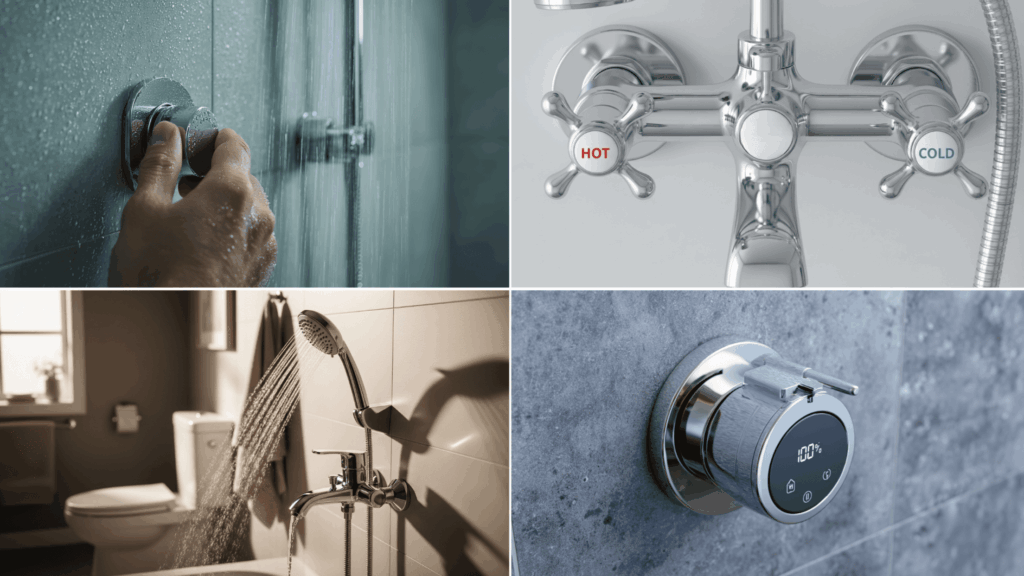
Not all shower valve types work the same; each type offers a different way to control water temperature, flow, and direction. Here’s a quick guide to the most common options and what they’re best suited for.
1. Manual Mixer Valve
A classic and widely used option, the manual mixer valve blends hot and cold water using a single control or two separate knobs. It’s simple, familiar, and works well for basic setups.
- Best For: Budget bathrooms and simple replacements.
- Pros: Affordable and straightforward.
- Cons: No temperature stabilization; risk of sudden changes.
- Top Product Suggestion: Moen Chateau Two-Handle Tub/Shower Faucet
This valve works best when water pressure is consistent and temperature control isn’t a high priority.
2. Thermostatic Valve
This innovative valve automatically blends hot and cold water to maintain a steady temperature, even if someone flushes a toilet or runs a faucet elsewhere in the house.
- Best For: Families and safety-focused bathrooms.
- Pros: Prevents scalding; stable temperature.
- Cons: Higher cost; complex installation.
- Top Product Suggestion: Kohler MasterShower XVII Thermostatic Valve
It’s a top pick for households with kids, seniors, or anyone who values a consistently comfortable shower.
3. Pressure-Balancing Valve
This valve maintains a steady water temperature by adjusting the pressure of hot and cold water when someone uses a sink or toilet nearby.
- Best For: Homes with pressure fluctuations.
- Pros: Inexpensive, retrofit-friendly.
- Cons: Less accurate temperature control.
- Top Product Suggestion: Delta MultiChoice Universal Shower Valve
A great choice for older homes or shared plumbing systems that experience sudden shifts in water flow.
4. Diverter Valve
This valve allows you to switch water flow between different outlets, such as a rain shower, handheld shower, or tub spout, all from a single control.
- Best For: Showers with rainheads, hand showers, etc.
- Pros: Flexible use; multiple showerheads.
- Cons: Installation and operation can be tricky.
- Top Product Suggestion: Pfister 3-Way Stacked Shower Diverter Valve
Perfect for customizing your shower experience without adding extra knobs.
5. Volume Control Valve
This valve allows you to control the water flow independently of the temperature setting.
- Best For: Luxury setups with multiple water sources.
- Pros: Fine control over water flow.
- Cons: Needs a separate temperature control valve.
- Top Product Suggestion: GROHE Volume Control Rough-In Valve
Ideal for individuals who desire precise and personalized water pressure in various shower zones.
6. Digital Shower Valve
This high-tech valve features innovative technology, including touchscreens or apps, to control your shower remotely.
- Best For: Tech-savvy, modern bathrooms.
- Pros: Precise settings; remote control.
- Cons: Expensive and needs a power source.
- Top Product Suggestion: Moen U by Moen Digital Shower Controller & Valve
If you love smart home gadgets, this valve can make your shower routine feel futuristic.
7. Sequential Valve
A simple single-handle valve that adjusts both temperature and flow in one smooth motion.
- Best For: Minimalist or European-style showers.
- Pros: Compact and easy to use.
- Cons: Less room for personalized settings.
- Top Product Suggestion: American Standard Diamond Two‑Function Volume and Temperature Control Valve
Ideal for those who want a clean appearance and don’t require extensive customization.
Types of Shower Valves Based on Installation Method
Shower valves are available in various installation styles to suit your bathroom design and plumbing layout.
| Installation Style | Description | Best For |
|---|---|---|
| Exposed Valves | Mounted on the wall surface, fully visible and easily accessible, and maintainable. | Traditional bathrooms, more straightforward repairs |
| Concealed Valves | Hidden behind the wall for a cleaner look, requires wall depth and planning. | Modern, minimalist bathrooms |
| Wall-Mounted Valves | Installed on the vertical wall, this is the standard in most showers. | Most bathroom layouts, especially standard setups |
| Ceiling-Mounted Valves | Installed above, typically used with overhead rain shower heads. | Contemporary designs, rain-style showers |
Choose based on aesthetics, ease of maintenance, and the thickness of your wall.
Selecting or Replacing the Appropriate Shower Valve
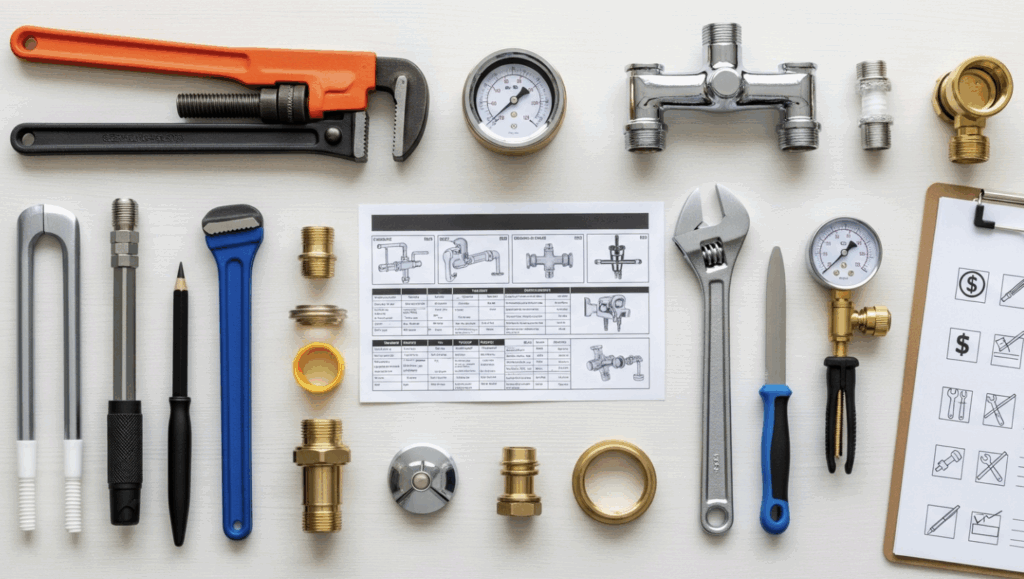
A shower valve might be hidden behind the wall, but it’s one of the most essential parts of your bathroom setup.
So, you’re upgrading for comfort or addressing long-term issues. Getting the correct valve ensures smoother showers, better control, and fewer plumbing headaches.
What to Consider When Buying
Before you grab the first valve you see, take a moment to consider a few key factors. These will help you avoid compatibility problems and ensure your shower works exactly as you want it to.
- Water Pressure: Some valves need a minimum pressure to work correctly.
- Number of Outlets: For showers with multiple heads, pick a diverter or volume control valve.
- Control Style: Manual is simple. Digital adds innovative features and precise control.
- Plumbing Compatibility: Verify your pipe size and layout before making a purchase.
- Budget: Choose what fits your needs; simple options cost less, but luxury valves add features.
Keep these points in mind to achieve a shower that suits your home and routine, ensuring a smooth and steady performance with no surprises.
Signs You Might Need a New Valve
Are you unsure if your valve is still functioning properly? These common issues often signal it’s time for a replacement.
- Water leaks behind the wall or around the valve trim
- Sudden bursts of hot or cold water
- Weak water flow or issues switching between outlets
- The old valve doesn’t match the new shower parts
If any of these sound familiar, don’t wait. Replacing your valve now can save you from bigger plumbing problems later on.
Wrapping it Up
Selecting the right shower valve may not seem like a momentous decision, but it can seriously enhance your daily routine. Whether you want something simple, safer for kids and older adults, or packed with innovative features, there’s a valve that fits your bathroom and budget.
Now that you know the different types of manual, thermostatic, digital, and more, you can feel more confident choosing what works best for you.
If you’re still not sure, it’s always a good idea to ask a licensed plumber. They can help ensure everything fits and works as it should.
A better shower starts with the correct valve, and you’re already on the right track.
Frequently Asked Questions
Are Certain Types of Shower Valves More Water-Efficient Than Others?
Yes. Pressure-balancing and thermostatic valves often conserve water; digital valves can have timed shut-offs.
What Maintenance Does Each Type of Shower Valve Require?
Manual and diverter valves need occasional cleaning; thermostatic and digital valves may need cartridge replacements.
Can I Upgrade to a Smart or Digital Shower Valve Without Remodeling?
Often yes, but may require electrical wiring and compatible plumbing.
How Do Local Plumbing Codes Affect My Choice of Shower Valve Type?
Some areas require pressure-balancing or thermostatic valves for safety; always check local codes.
Do Certain Types of Shower Valves Work Better With Tankless Water Heaters?
Thermostatic valves handle tankless heaters more effectively by maintaining a steady temperature despite fluctuations in flow.

